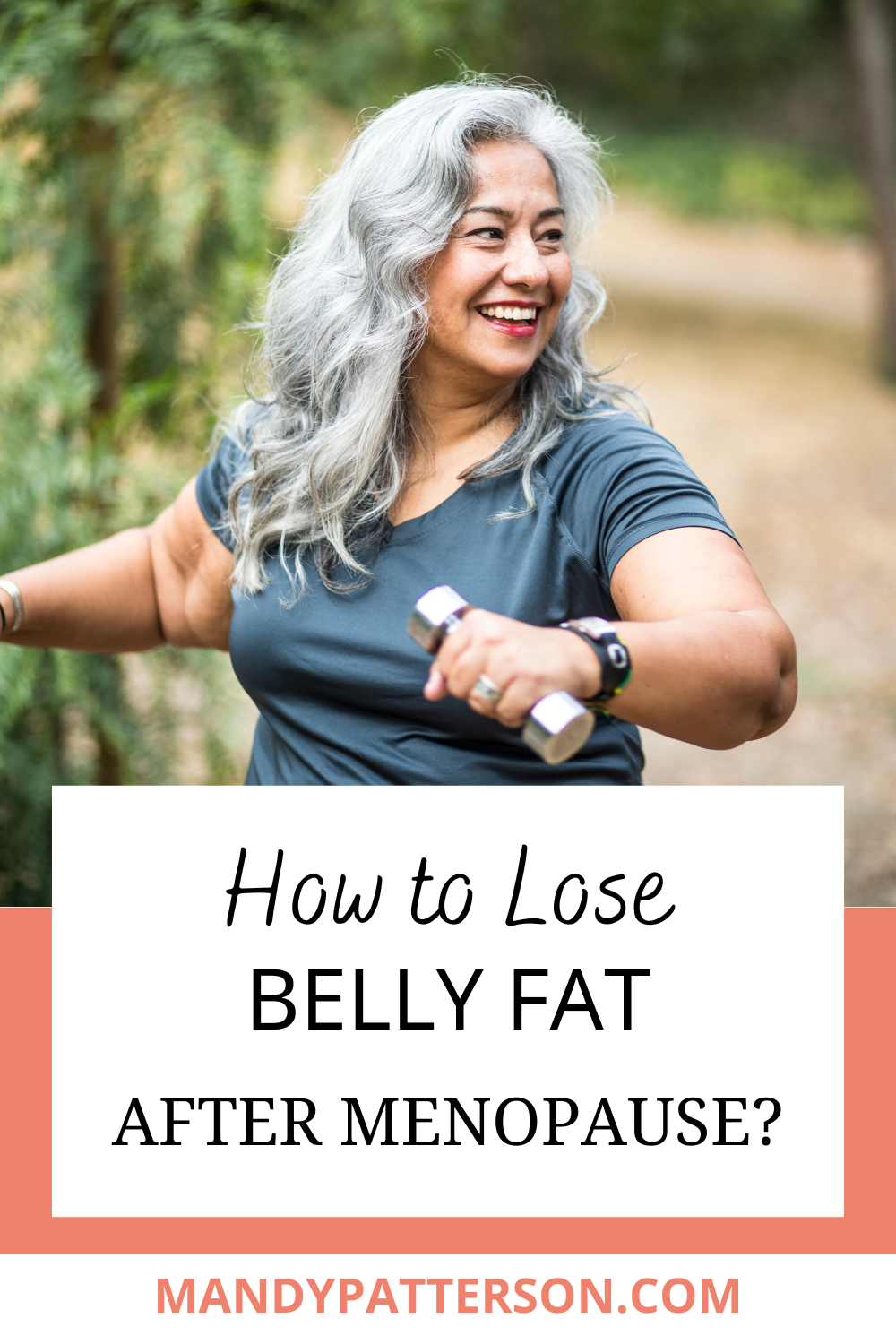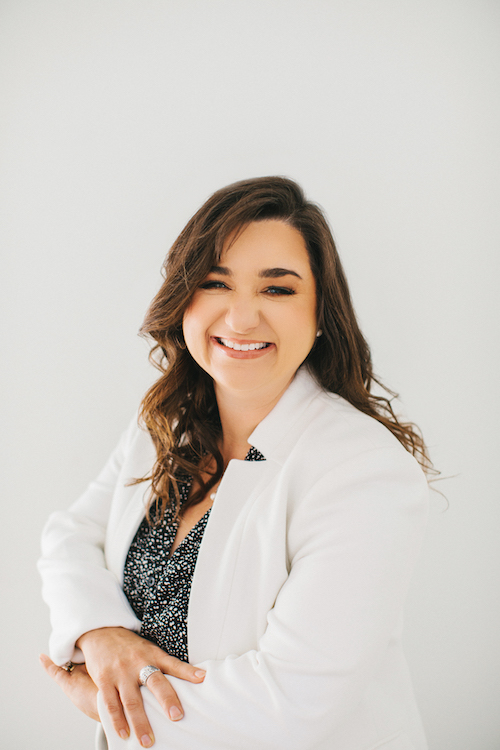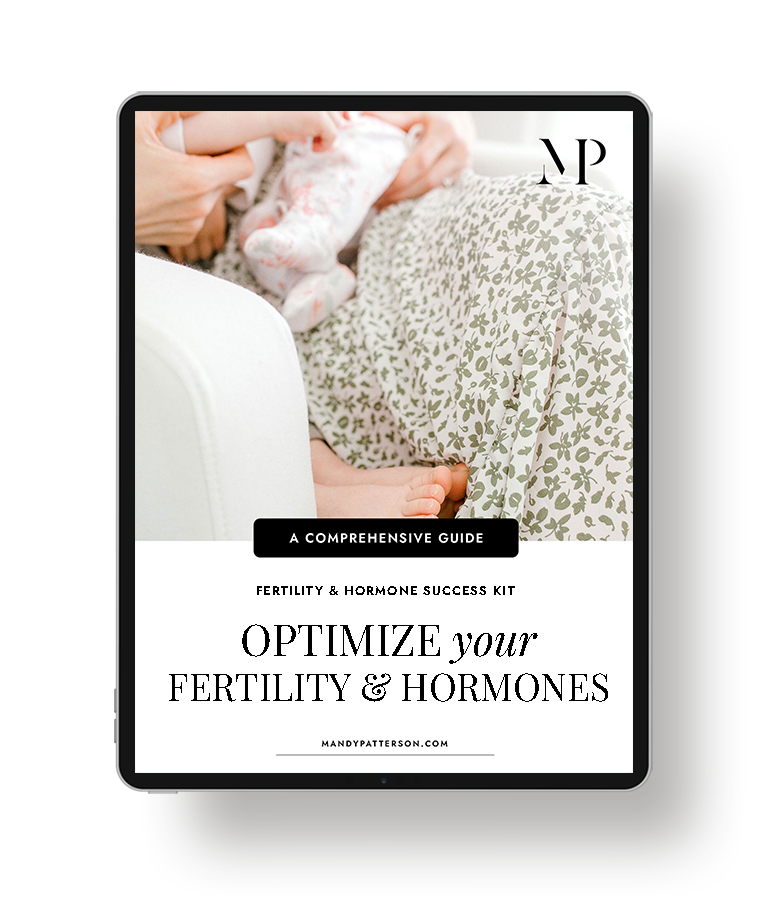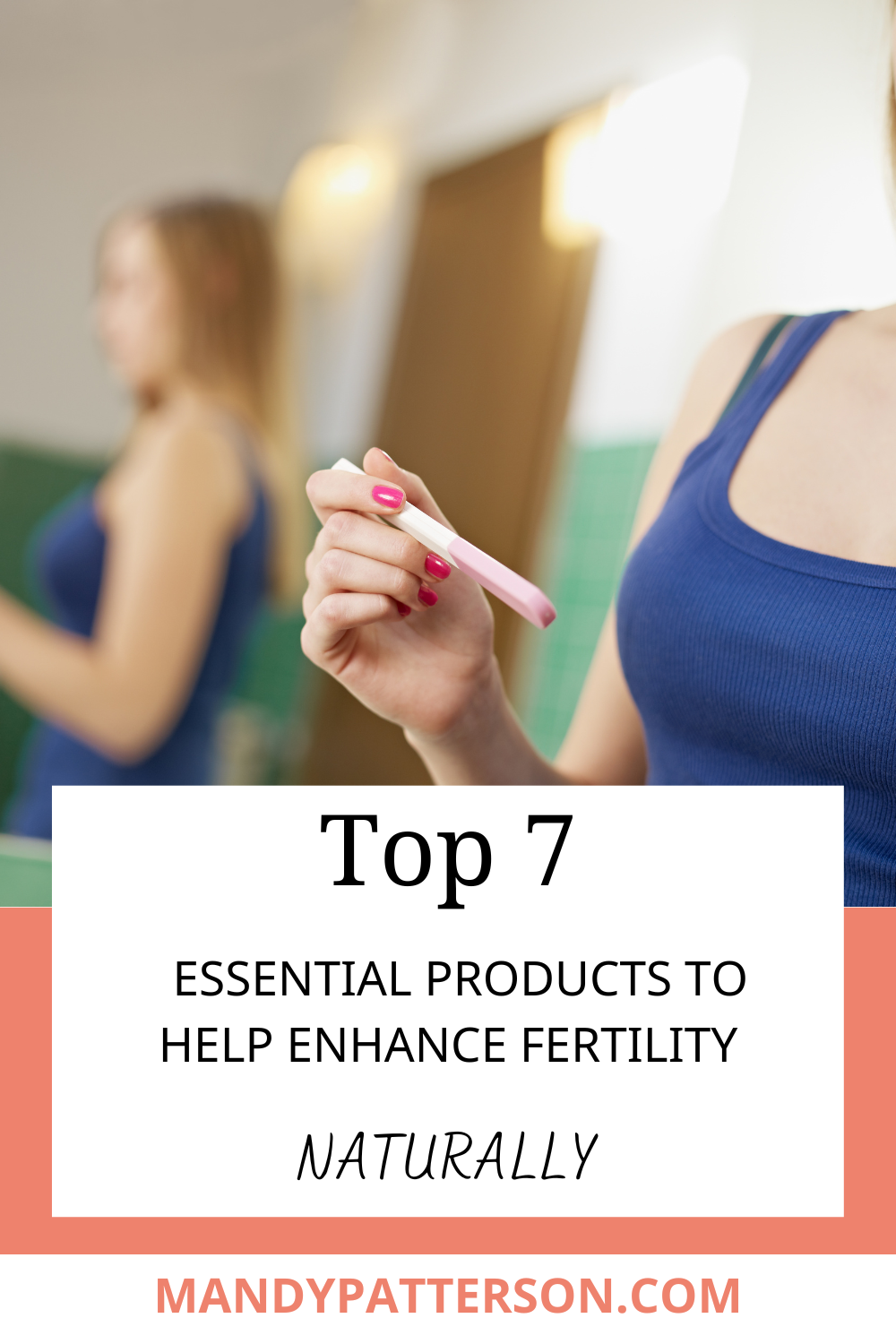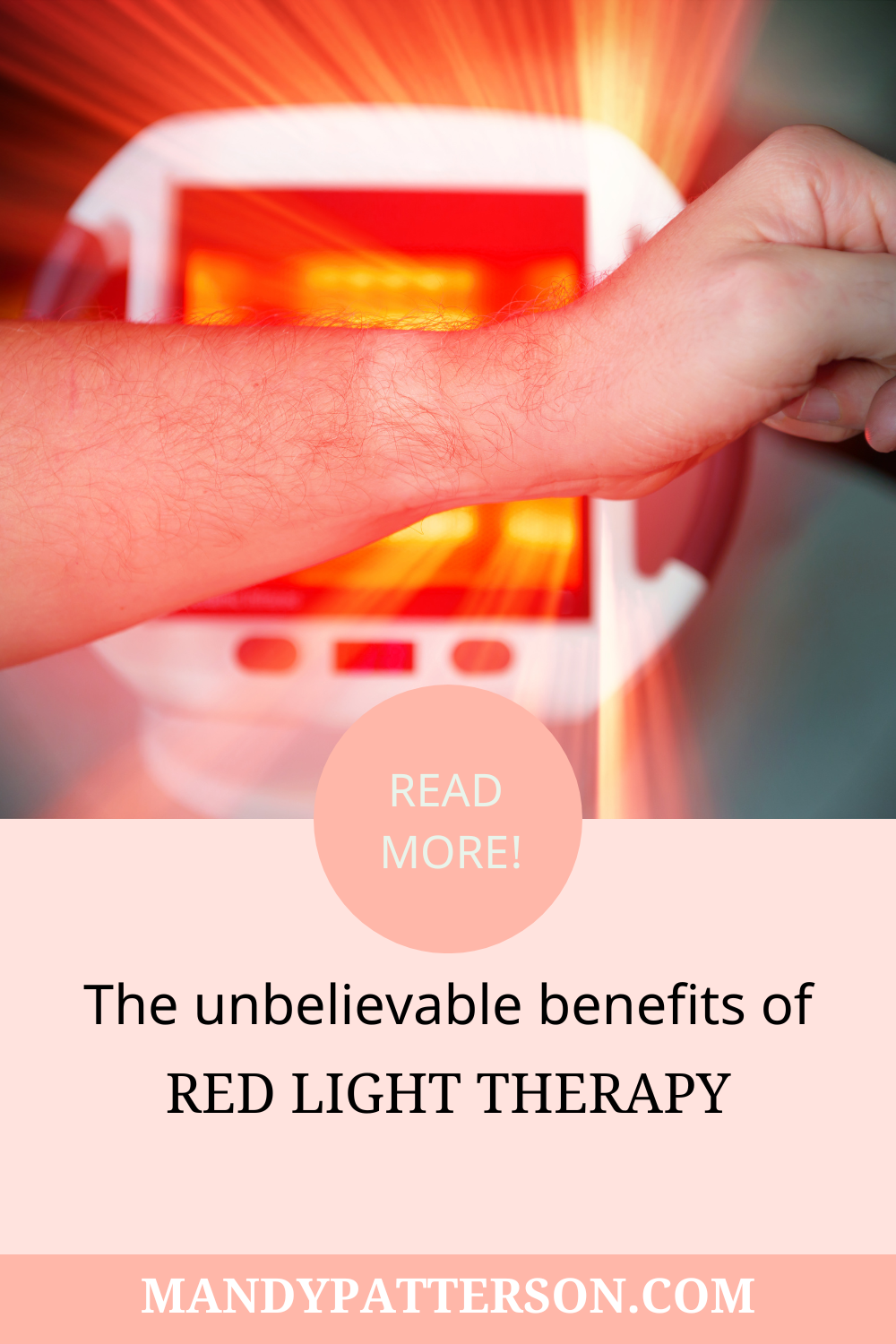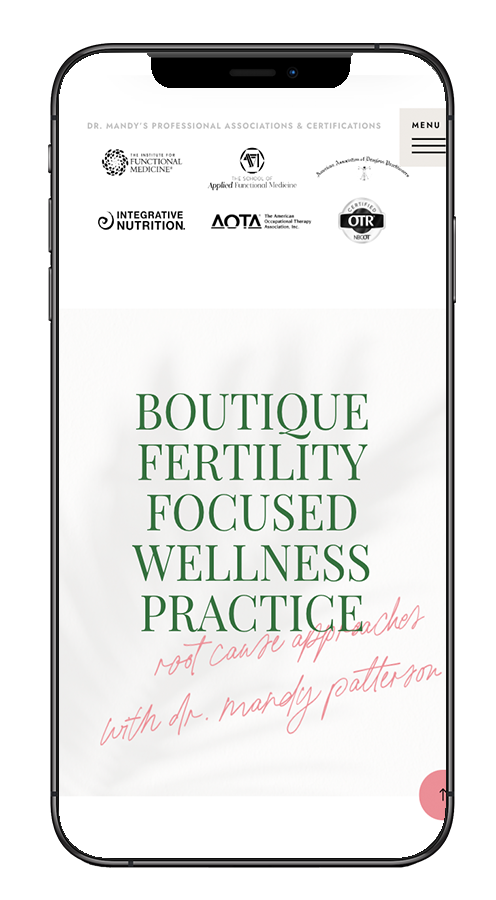Ladies, as we age, our bodies change. It may be hard to believe if you are in your 20s to 30s. If you are in your 40s to 50s, this fact is becoming more real each day. The truth is, as women, we are so unaware of our health. We go from taking care of everyone else, being busy moms, busy at work, etc., that when it comes to our own health, we often fail to pay attention. This article addresses the elephant in the room: how to lose belly fat after menopause.
Menopause is going to happen to every woman. The best thing you can do, regardless of age, is going into it prepared. Keep reading to find out more!
What is Menopause?
Menopause is what we call the phase of life that signals the end of a woman’s menstrual cycle. It is defined as a full 12 months without a menstrual period for women over 40.
The average age of menopause in the United States is around 52. However, the hormonal changes can start in a woman’s early 40s and last into her 60s.
Research shows that the timing of menopause is a complex mix of genetics and lifestyle factors.
The symptoms of menopause include the following:
- Hot flashes
- Night sweats
- Mood changes
- Brain fog
- Headache
- Disrupted sleep
- Vaginal dryness
- Bloating
- And more
Unfortunately, weight gain and increased body fat, especially around the belly, are common complaints.
It’s estimated that most women gain an average of 2 to 5 pounds during the menopausal transition, even without changing their diet or lifestyle. However, some gain more than this.
Hormonal Changes That Occur During Menopause
A lot happens to your body during and after menopause. With the conclusion of your menstrual cycle, you can imagine how your hormones might change. Let’s get into the specifics of hormonal changes that occur during menopause.
Estrogen and progesterone, a woman’s reproductive hormones, change dramatically at menopause.
Secreted from the follicles of a woman’s ovaries and called estradiol, or E2, it declines because the follicles have been depleted. About one-third of women first experience a sharp rise in E2 in their mid-40s (called perimenopause) and then a sharp decline.
Others just have a steady, slow decline. But by the time of the last menstrual period, all women have experienced a significant decrease in estrogen levels.
Lower estrogen levels decrease the rate at which the body “burns” and converts stored energy (fat). These low levels slow down metabolism, increasing body fat storage.
Additionally, lower estrogen levels result in less fat breakdown, further fat accumulation, and weight gain. Moreover, if the balance between estrogen and testosterone becomes out of balance, an excess of androgens (male hormones) can increase the risk of obesity.
During menopause, some women will also experience a significant increase in the stress hormone cortisol secretion, especially at night.
Finally, the levels of the hormone leptin, which signals the brain to feel “full” after eating, also drop. So, women actually feel hungrier due to menopause, which leads to eating more.
Why is Weight Hard to Lose After Menopause?
With all these hormones working against you, it’s no wonder weight is hard to lose after menopause. Interestingly, most research in the field of menopause recognizes that the trajectory of weight gain seen in mid-life doesn’t usually change during the menopause transition. Rather, the body composition, with a greater accumulation of body fat, tends to change the most.
Essentially, the problem is not that you are more likely to gain weight but that the distribution of fat in your body changes.
For example, at the start of menopause, a woman’s rate of fat gain doubles, and her lean muscle mass declines. This phenomenon is related to hormonal changes of menopause and not simply age. It lasts until about two years after the final menstrual period and then stabilizes.
Further, Insulin resistance can develop for a number of reasons during menopause. Specifically, it may be due to declining estrogen, increased abdominal fat, aging, and genetic factors.
As insulin resistance increases, your pancreas works harder to produce more insulin to keep blood sugar levels normal. Higher insulin levels promote fat storage, making it harder to burn as fuel.
The loss of muscle mass and increased body fat create another problem. Your resting energy expenditure (A.KA, metabolism) declines. This can happen to anyone with advancing age if body fat increases; however, a dramatic menopause-induced change in body composition could worsen it.
How to Lose Belly Fat After Menopause
Fortunately, by making small changes to your diet and exercise routine, you can lose weight in a way that is truly healthy for a postmenopausal woman. Remember, health is more than the number on the scale. You may not have complete control over how much weight you lose, how fast you lose it, and what body parts you lose it from. Manage your expectations and focus on being the healthiest you can be.
That being said, here are four tips to lose belly fat after menopause:
1. Eat More Protein
Getting enough protein at every meal maintains lean muscle mass and helps counteract the muscle loss of aging. Protein is also the most satiating macronutrient, meaning eating protein is the best way to turn off your brain’s desire to eat.
Moreover, recent research found that because of the hormonal loss of lean muscle during menopause, women are driven to consume more calories to replace lost protein. This desire for calories is also known as “protein leverage.” Research has also shown that older adults who eat more protein tend to be trimmer than their carb-loving counterparts.
2. Eat Healthy Fats
Fat adds flavor, makes our food taste better, and is part of a healthy diet. Women tend to find themselves reaching for “Fat-Free” foods because they appear healthy. The reality is that these foods often contain outrageous amounts of sugar in place of these fats. Excess sugar can lead to insulin resistance and other metabolic issues.
3. Consider Intermittent Fasting
You’ll consume fewer calories when you don’t eat as often. Not to mention, insulin levels remain low for longer. Intermittent fasting can be as simple as skipping breakfast. Time-restricted eating is one type of intermittent fasting that may help burn body fat stores and improve health biomarkers. If you want to learn more about intermittent fasting, read this article!
4. Bodyweight Resistance Training
If you don’t use it, you lose it. Muscles are the same; they become weak and flabby when you don’t use them. Simple bodyweight exercises like squats and knee pushups help maintain and build muscle. Further, more muscle makes you stronger, but it can also help you retain resting energy expenditure, improve blood sugar, and reduce insulin resistance.
Join the Wild Collective
Are you a woman fed up with not knowing what’s going on with your health? Regardless of your age, you deserve to be able to advocate for your health and have the knowledge to make the best choices you can.
If that sounds like you, get on the waitlist to join The Wild Collective. This supportive community of like-minded women offers health education that will help ignite passion and purpose in your life. Learning about the power of women’s health will increase awareness and allow you to tap into and be closely connected to your needs and develop tools to meet them.
The Wild Collective is a 10-session, affordable women’s health curriculum with lectures, handouts, intentional goal setting, and a supportive community of women who want you to succeed. There are only 20 seats available, so be sure to get on the waitlist!

